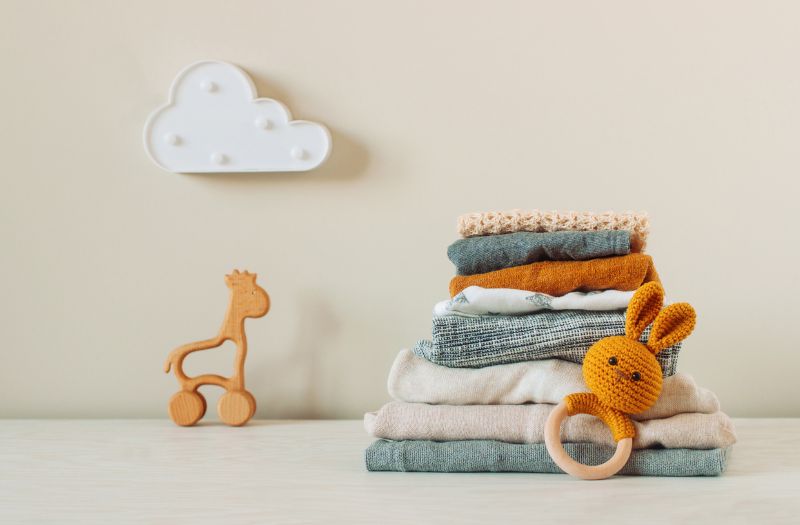As a parent, it’s natural to want to keep sentimental items like your baby’s clothes. Those tiny onesies, little socks, and adorable dresses hold memories of their early years. But as your baby grows, these clothes often become too small, and you may wonder how to store them properly for future use or to pass on to others.
Storing baby clothes the right way ensures they stay in good condition for years to come.
Here’s your guide to baby clothes storage, including tips on organization, preservation, and maximizing space.
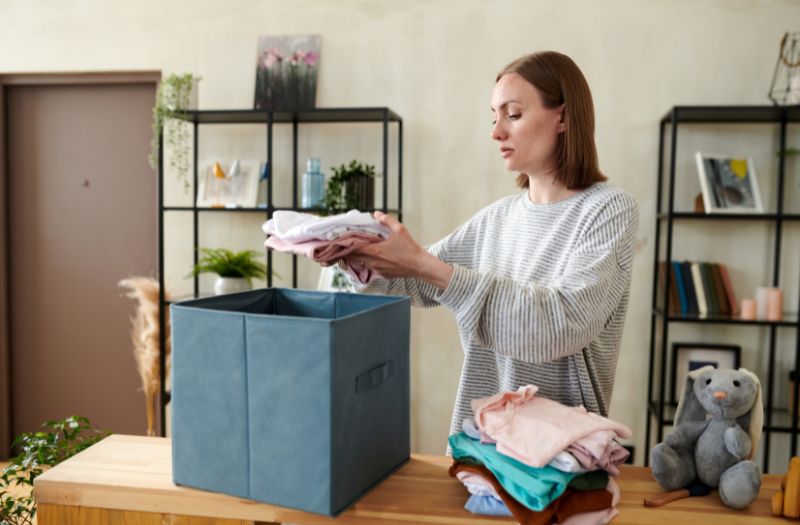
1. Why Proper Storage of Baby Clothes Matters
When your baby outgrows their clothes, it’s tempting to throw everything into a box and forget about it. However, without proper storage, these clothes can get damaged by moisture, pests, or even mold.
By storing baby clothes the right way, you preserve their value for future use, whether it’s passing them down to younger siblings, donating to friends or family, or even selling them.
2. Prepare Baby Clothes Before Storage
Before you start packing away those tiny clothes, there are a few steps to take to ensure they stay in top shape:
Sort and Clean Clothes
The first thing to do is sort through the clothes. Identify the ones that are worth keeping and those that are worn out or no longer needed. Once you’ve made your decision, wash each item carefully.
Baby clothes often carry stains or odors that can worsen over time if left untreated. Use a gentle detergent and avoid fabric softeners, as they can leave a residue that may affect the fabric over time.
Dry Clothes Thoroughly
Moisture is one of the biggest enemies of stored clothing. Never store baby clothes that are still damp or have any moisture in them. Allow them to air dry completely to avoid mold or mildew growth. This may seem like a simple step, but it’s crucial for long-term storage.
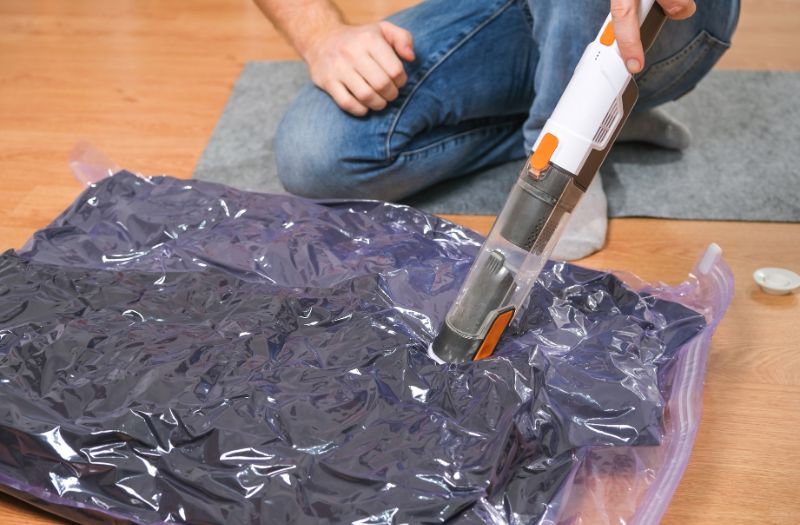
3. Choose the Right Storage Containers
Selecting the right container is critical to maintaining the quality of your baby clothes. Proper storage containers help protect against dust, pests, and environmental factors. Here are a few options to consider:
Clear Plastic Bins
Clear plastic bins are ideal because they offer visibility, which makes it easier to locate clothes when you need them. Look for bins that come with tight-fitting lids to keep out pests and dust. Make sure the containers are durable enough to stack and won’t crush the contents over time.
Vacuum-Sealed Bags
For longer-term storage, vacuum-sealed bags are a fantastic choice. These bags compress the clothes, saving space while also protecting them from moisture, dust, and insects.
Simply fold the clothes neatly, place them in the bag, and use a vacuum to remove the air. This method is perfect for those with limited storage space.
Cardboard Boxes (with Caution)
Cardboard boxes are a common choice, but they’re not the best option for long-term storage, as they can attract pests and allow moisture to seep in.
However, if you choose cardboard boxes, make sure they are sturdy and place them in a dry, cool area. Use acid-free tissue paper to help protect delicate fabrics.
4. How to Organize Baby Clothes for Storage
Organization is key when storing baby clothes. It not only makes the process easier but also ensures that you can access the clothes you need without digging through piles. Here are some simple tips for keeping your baby clothes organized:
Sort by Size and Season
When packing away baby clothes, it’s a good idea to sort them by size and season. This allows you to quickly find what you need when your baby grows or when you plan to reuse them.
For example, store all 0-3 month clothes together, 3-6 months in another section, and so on. You can even create smaller sections within each size to separate summer and winter clothing.
Fold or Roll Clothes Neatly
Instead of simply stuffing the clothes into the storage container, fold or roll them neatly. This not only maximizes space but also minimizes wrinkles. For delicate fabrics like baby dresses or woolens, consider using acid-free tissue paper between the layers to prevent pressure marks.
Label Containers Clearly
Labeling each storage container will save you time when you need to access the clothes in the future.
Include details such as the size range, season, and any additional notes like “summer clothes” or “special outfits.” If you’re using vacuum-sealed bags, make sure to include a date so you know how long they’ve been stored.
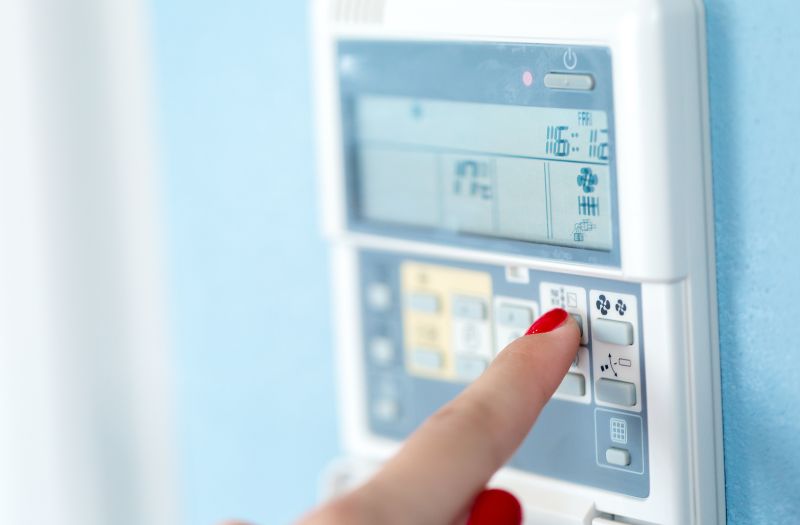
5. Where to Store Baby Clothes
Choosing the right location to store your baby clothes is just as important as selecting the right containers. The ideal storage space should be cool, dry, and away from direct sunlight.
Avoid areas like basements or attics where the temperature and humidity levels fluctuate too much, as these conditions can damage the clothes over time.
Climate-Controlled Storage
If you have a lot of clothes to store, consider renting a climate-controlled storage unit. These units regulate temperature and humidity, ensuring that your baby clothes stay in pristine condition for years. Climate-controlled storage is particularly useful for valuable or sentimental items.
6. Maintaining Clothes in Storage
While storing baby clothes properly is the first step, maintaining them in good condition is just as important. Here are some ongoing tips to ensure the clothes stay in great shape:
Regularly Check for Pests
Pests like moths and rodents can damage clothing if they’re left unchecked. Every few months, check on your storage containers to ensure that they are still sealed properly and haven’t been compromised by pests.
If you find any evidence of pests, take action immediately by cleaning and re-sealing the clothes.
Keep Clothes Away from Strong Chemicals
Avoid storing clothes near strong chemicals like cleaners, perfumes, or pesticides. These substances can cause fabric damage or create an unpleasant odor.
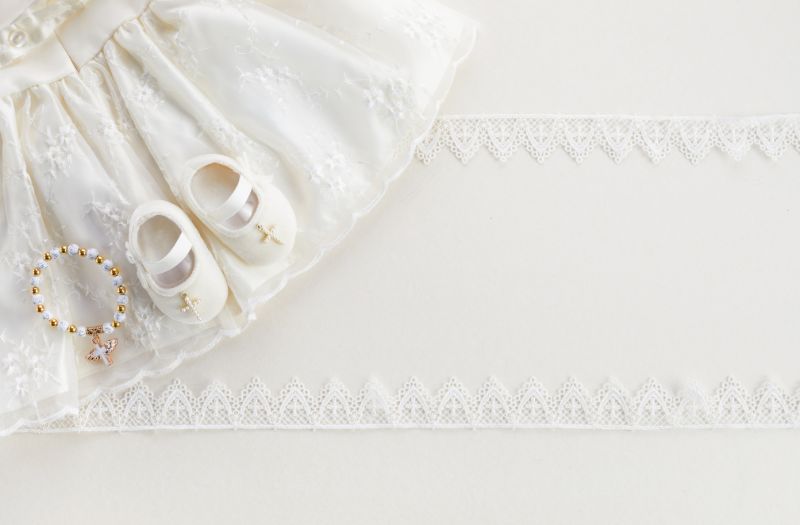
8. How to Handle Special Baby Clothes for Storage
Some baby clothes may have sentimental or special value, such as outfits worn during important events or holidays. These clothes often require more delicate handling and additional care to maintain their appearance and value.
Use Protective Layers for Delicate Fabrics
For special or delicate baby clothes, consider using protective layers such as acid-free tissue paper or garment bags. These layers will help prevent wrinkles, creases, and pressure marks during storage.
Additionally, for particularly valuable items like heirloom pieces or custom-made outfits, storing them in a sealed container will shield them from dust, moisture, and pests.
Avoid Storing Special Items in Plastic Alone
While plastic bins are great for general storage, storing special or delicate baby clothes in plastic alone can sometimes lead to deterioration over time.
The best practice is to store them in fabric garment bags or use breathable cotton bags inside your plastic storage bins. This allows the clothes to “breathe” while still being protected from external elements, ensuring they remain in pristine condition for years to come.
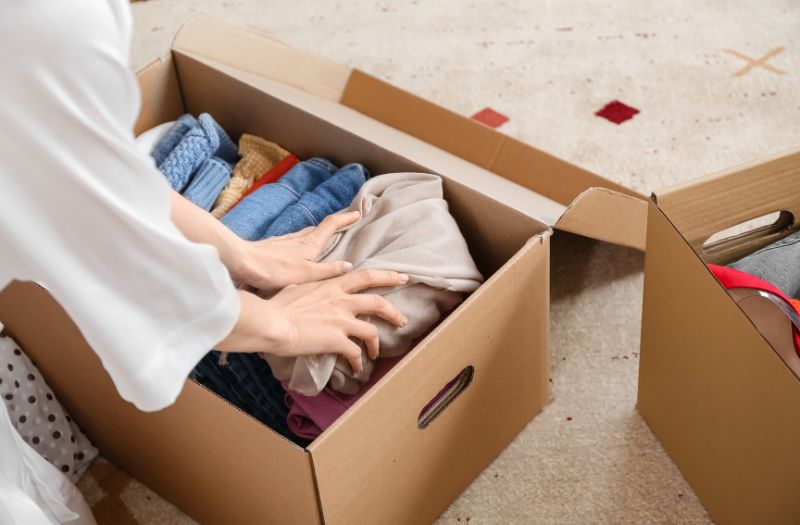
Conclusion: The Key to Lasting Baby Clothes Storage
Proper storage of baby clothes ensures they stay in excellent condition for future use or sentimental value. If space is limited, renting a storage unit can be a great solution.
Climate-controlled storage offers a safe environment that protects your clothes from moisture, pests, and temperature changes, keeping them in perfect shape for years. With the right storage, your baby clothes will be ready whenever you need them.

If you’re looking for a storage facility to store your belongings, Snell Mini Storage has got you covered. At Snell Mini Storage, we offer a wide range of unit selections. To learn more about our self-storage facility, please check out our website at https://snellministorage.com/.

